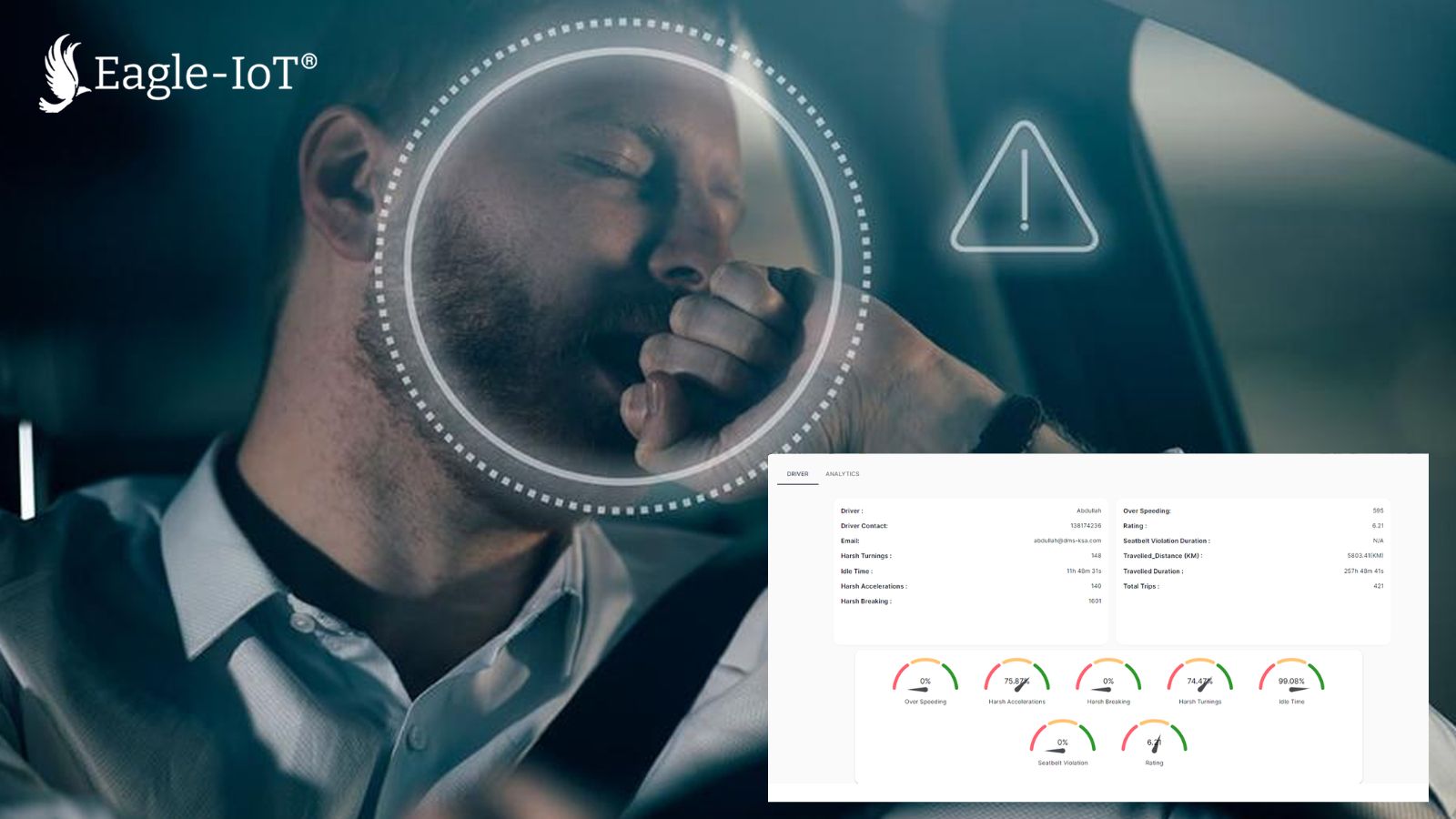Unlike a homogenous company-owned fleet, gray fleet vehicles exhibit considerable variability in age, fuel efficiency, and envir Unlike a homogenous company-owned fleet, gray fleet vehicles exhibit considerable variability in age, fuel efficiency, and environmental impact. This heterogeneity presents unique challenges for businesses seeking to accurately monitor and manage their emissions footprint.
Relying solely on electric vehicles (EVs) as a solution for emissions reduction is an oversimplification. A comprehensive approach requires a multifaceted strategy that encompasses data-driven analysis, real-time monitoring, and strategic planning tailored specifically to the unique characteristics of gray fleets.
Building a Data-Driven Sustainability Roadmap
Understanding Your Carbon Footprint
Before embarking on any ambitious sustainability goals, a thorough assessment of the current emissions output is crucial. This involves:
- Comprehensive Fleet Performance Measurement: Accurately track key metrics such as fuel consumption, miles driven, and vehicle efficiency across the entire fleet, including gray fleet vehicles.
- Industry Benchmarking: Compare your fleet’s performance against industry benchmarks to identify areas for improvement and areas where your performance exceeds industry standards.

Setting Realistic and Achievable Goals
Many companies set ambitious sustainability targets without a clear roadmap for achieving them. By leveraging data-driven insights, businesses can:
- Identify Operational Inefficiencies: Pinpoint areas within the gray fleet where inefficiencies, such as excessive idling or inefficient driving routes, are contributing significantly to emissions.
- Develop a Gradual Transition Plan: Outline a phased approach to sustainability, incorporating gradual improvements such as transitioning to more fuel-efficient vehicles or implementing eco-friendly driving practices.

Focusing on Quantifiable Metrics
To effectively measure progress towards sustainability goals, focus on quantifiable metrics such as:
- Fuel Consumption: Track fuel consumption across the entire fleet to identify vehicles with high fuel usage, a significant contributor to emissions.
- Idle Time: Monitor idle time to identify and address instances of excessive idling, which wastes fuel and increases emissions.
- EPA Ratings: Utilize Environmental Protection Agency (EPA) vehicle ratings to categorize vehicles based on their fuel efficiency and environmental impact.
Leveraging Technology to Track Gray Fleet Emissions
Advanced fleet management software is transforming how businesses monitor and reduce gray fleet emissions. By integrating real-time data collection with powerful analytics, these tools empower businesses to proactively address sustainability challenges.
Real-Time Emissions Tracking
- Mileage Tracking: Accurately track mileage for all vehicles, including gray fleet vehicles, to identify high-mileage vehicles that contribute significantly to emissions.
- Emission Calculations: Utilize EPA ratings and Vehicle Identification Numbers (VINs) to accurately calculate CO2 emissions for each vehicle within the fleet.
- Idle Time Monitoring: Continuously monitor idle time for all vehicles, providing real-time alerts for instances of excessive idling.
Data Analysis and Reporting
Fleet management software generates comprehensive reports that provide valuable insights into:
- High-Emission Vehicles: Identify the vehicles within the gray fleet that contribute the most to overall emissions.
- Inefficient Routes: Analyze driving patterns and identify inefficient routes that lead to increased fuel consumption and emissions.
- Driver Behavior: Analyze driving behaviors such as harsh braking, excessive acceleration, and speeding, which significantly impact fuel efficiency and emissions.

Eco-Friendly Driving Practices for Gray Fleets
Promoting eco-friendly driving practices among employees is crucial for reducing gray fleet emissions. .
Driver Training Program
Conduct regular training sessions to educate drivers on eco-driving techniques, such as minimizing idling, maintaining a consistent speed, and planning efficient routes. Emphasize the importance of smooth acceleration and deceleration to reduce fuel consumption.
Incentivizing Eco-Friendly Behavior
Implement incentive programs to reward drivers who demonstrate eco-friendly driving habits, such as achieving high fuel efficiency scores or minimizing idling time. Recognize and reward employees who consistently strive to reduce their environmental impact.
These initiatives not only encourage eco-friendly driving behavior but also foster a culture of sustainability within the organization.

Leveraging Eagle-IoT for Gray Fleet Emission Management
Eagle-IoT provides a comprehensive fleet management solution designed to address the unique challenges of managing gray fleet emissions. With its advanced capabilities, Eagle-IoT empowers businesses to take a proactive and data-driven approach to sustainability.
Real-Time Emissions Tracking
- Precise Mileage and Fuel Tracking: Accurately track mileage and fuel consumption for all vehicles, including employee-owned vehicles, providing real-time visibility into fuel usage patterns.
- Comprehensive Emissions Calculations: Integrate EPA ratings and VIN data to provide accurate CO2 emissions calculations for each vehicle.
- Advanced Idle Time Analysis: Monitor idle time across the fleet, providing detailed insights into the duration and frequency of idling events.
- Centralized Dashboard for Fleet Insights
- Consolidated Data: Consolidate all fleet data, including data from employee-owned vehicles, into a single, centralized dashboard for easy access and analysis.
- Comprehensive Fleet Overview: Gain a holistic view of fleet emissions, identify high-emission vehicles, and monitor progress towards sustainability goals.

Driver Behavior Analysis
- Advanced Driver Behavior Analytics: Analyze driver behavior, including harsh braking, acceleration, and speeding, to identify areas for improvement.
- Eco-Friendly Driving Scores: Provide drivers with personalized feedback on their driving behavior, encouraging them to adopt more eco-friendly driving habits.
Route Optimization
- Efficient Route Planning: Optimize routes for employee-owned vehicles to minimize travel distances, reduce fuel consumption, and avoid traffic congestion.
- Predictive Routing: Utilize real-time traffic data to optimize routes and minimize delays, further reducing fuel consumption and emissions.
Robust Reporting and Compliance
- Generate detailed reports on emissions, fuel consumption, and driver behavior to track progress towards sustainability goals.
- Meet regulatory requirements related to emissions reporting and compliance.
- Provide stakeholders with transparent and comprehensive data on the organization’s environmental impact.

The EPA vehicle rating system provides a standardized measure of a vehicle’s environmental impact. Ratings range from 1 (least eco-friendly) to 10 (most eco-friendly).Utilize fleet management software to categorize vehicles based on their EPA ratings. Identify vehicles with lower EPA ratings that contribute disproportionately to emissions. Prioritize these vehicles for potential upgrades or replacements. Quantify the emission reductions.
Integrating Gray Fleet Management with Sustainability Goals
To effectively manage gray fleet emissions, it is crucial to integrate fleet management tools and strategies with broader sustainability initiatives.
Centralized Data Platforms
Consolidate data from fleet management software, employee-owned vehicle data, and other relevant sources into a centralized platform. This enables a holistic view of the organization’s overall environmental impact and facilitates data-driven decision-making.
Developing Comprehensive Sustainability Policies
Develop and implement clear policies that prioritize sustainability within the organization. Encourage the use of fuel-efficient vehicles for work purposes. Establish mileage limits for employee-owned vehicles used for work-related travel. Implement reimbursement programs that incentivize the use of fuel-efficient vehicles.
Regular Data Reviews and Adjustments
Conduct regular reviews of fleet data to assess progress towards sustainability goals. Identify new areas for improvement and adjust strategies as needed based on the latest data and insights.
While effectively managing gray fleet emissions is crucial, a comprehensive sustainability strategy should also explore other avenues for reducing environmental impact.
EV Integration: Gradually integrate electric vehicles (EVs) into the fleet, considering factors such as charging infrastructure, vehicle availability, and operational requirements.
Route Optimization: Utilize advanced route optimization software to minimize travel distances, reduce fuel consumption, and avoid traffic congestion.


Collaboration with Vendors:Collaborate with vendors and service providers who share a commitment to sustainability and environmental responsibility.
The Business Case for Reducing Gray Fleet Emissions
Addressing gray fleet emissions is not merely an environmental responsibility; it also presents significant business advantages.
- Cost Savings: Reduced fuel consumption directly translates to lower operational expenses. By optimizing routes, promoting eco-friendly driving practices, and upgrading to more fuel-efficient vehicles, businesses can significantly reduce their fuel costs.
- Enhanced Reputation: Demonstrating a commitment to sustainability enhances a company’s brand image and reputation. Customers and stakeholders are increasingly drawn to businesses that prioritize environmental responsibility.
- Regulatory Compliance: Staying ahead of evolving environmental regulations is crucial for avoiding costly fines and penalties. By proactively addressing gray fleet emissions, businesses can ensure compliance with current and future regulations.
- Improved Employee Engagement: Sustainability initiatives can significantly boost employee morale and engagement. By promoting eco-friendly practices and recognizing employees for their contributions, businesses can foster a positive and productive work environment.
A Sustainable Future for Gray Fleets
Reducing gray fleet emissions requires a strategic, data-driven approach that goes beyond simply purchasing electric vehicles. By leveraging advanced fleet management software like Eagle-IoT, monitoring key performance indicators, and fostering a culture of sustainability within the organization, businesses can significantly reduce their carbon footprint.
While the transition to a more sustainable fleet may involve an initial investment, the long-term benefits, including cost savings, improved brand reputation, and enhanced employee engagement, far outweigh the initial costs. By embracing a proactive and data-driven approach to gray fleet management, businesses can pave the way for a more sustainable future while maintaining operational excellence.


